Every Nintendo console, ranked from worst to best
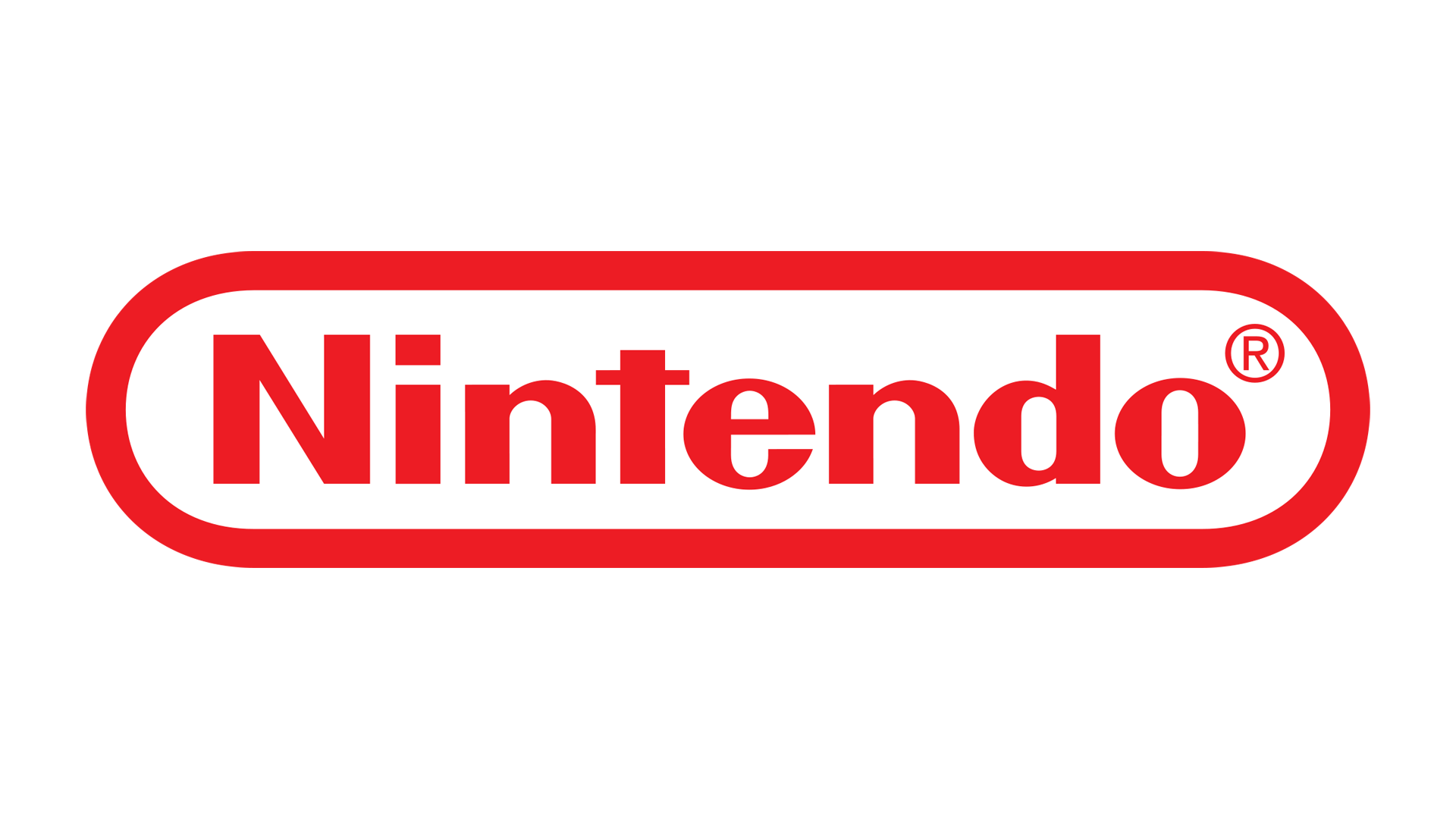
Console launches are always an exciting time, and with Nintendo Switch right around the corner, our office is abuzz with talk of all things Nintendo. The legendary company's been in the system-making game a lot longer than Sony and Microsoft, and it's stunning to think just how much joy we've experienced courtesy of its home console and handheld legacy. And what better way to retrospectively appreciate those systems than with a ranked list?
Puzzling out a satisfactory order is a lot harder than you might think, so here's a brief breakdown of our criteria. We've tried to find a balance between appreciating the platform's success during its heyday, and how fun it is to play its greatest games nowadays (skewing towards the latter). Backwards compatibility and Virtual Console ports aren't counted, nor are we diving into the deep, deep well of alternate system versions; otherwise we'd be here all day. Oh, and no Game & Watch games either, given that each G&W game is effectively a console in and of itself. With that, let's get to the list - and remember, even if this isn't the exact order you'd go with, it's all love for Nintendo in here.
12. Virtual Boy
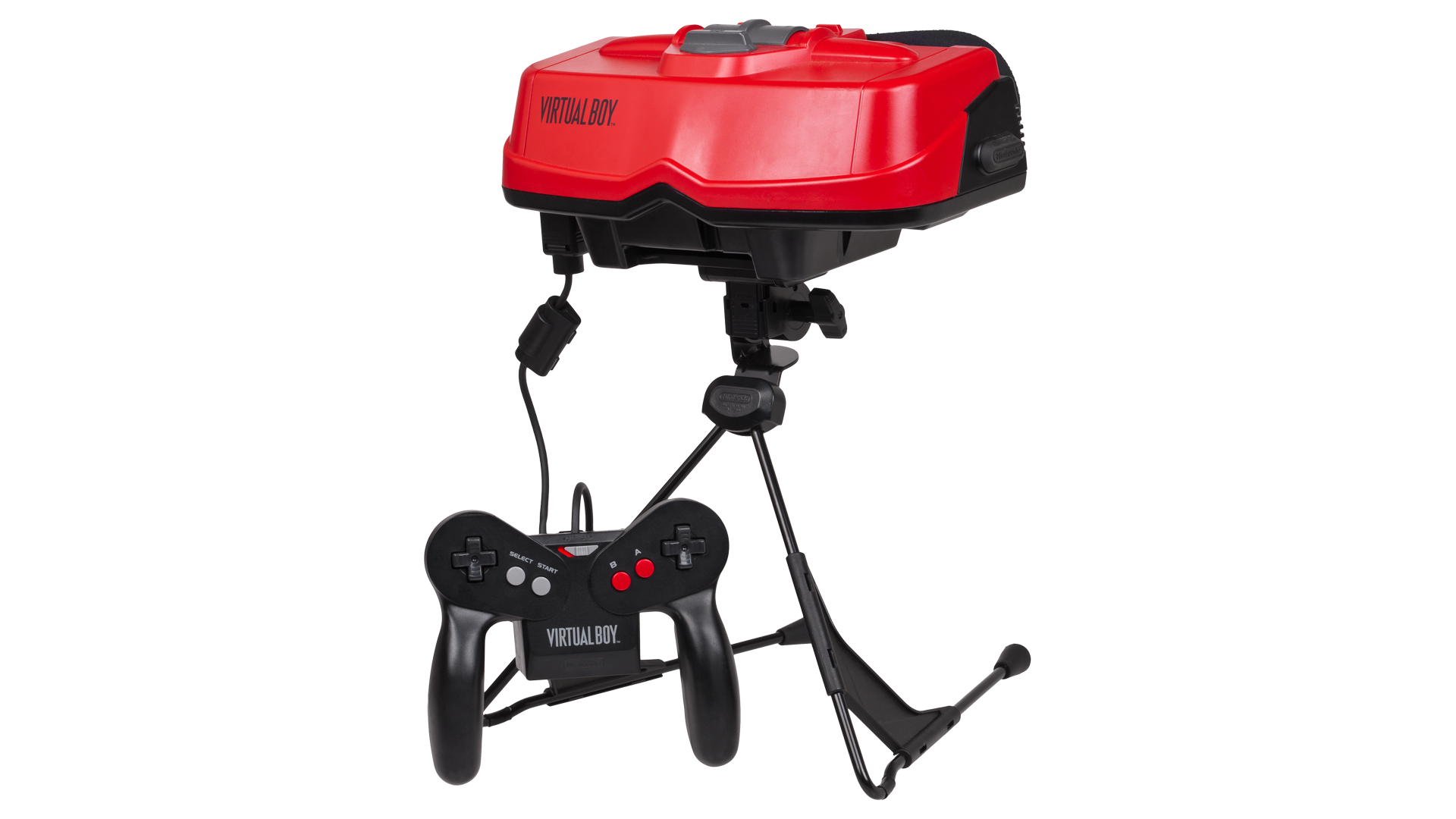
You already knew which console would take last place on a list like this - but that doesn't mean the experimental, far-too-ahead-of-its-time Virtual Boy is completely without merit. Yes: its library is paltry, its controller is an eye- and hand-sore, the monochromatic red graphics are a migraine-inducing attempt at 3D, and you simply look like a doof while putting your face up to the anti-ergonomic headset. But for all its failures, many of which stem from rushed production, it was decades ahead of the curve, trying to get a jump on the VR trend (which still feels like it's in its infancy) way back in 1995. That sensation of using a headset to peer into another world, enclosed from the reality around you, is what the Virtual Boy was scratching at back then, something that system makers are still trying to perfect after investing millions of dollars into the technology. Gunpei Yokoi, godfather of Game & Watch and Game Boy, had the foresight to predict the next evolution in entertainment that gamers and game developers would be chasing 20 years later. The Virtual Boy, despite its innumerable shortcomings, still stands as a reminder of Nintendo's devotion to innovation, no matter the risks. Lucas Sullivan
11. Wii U
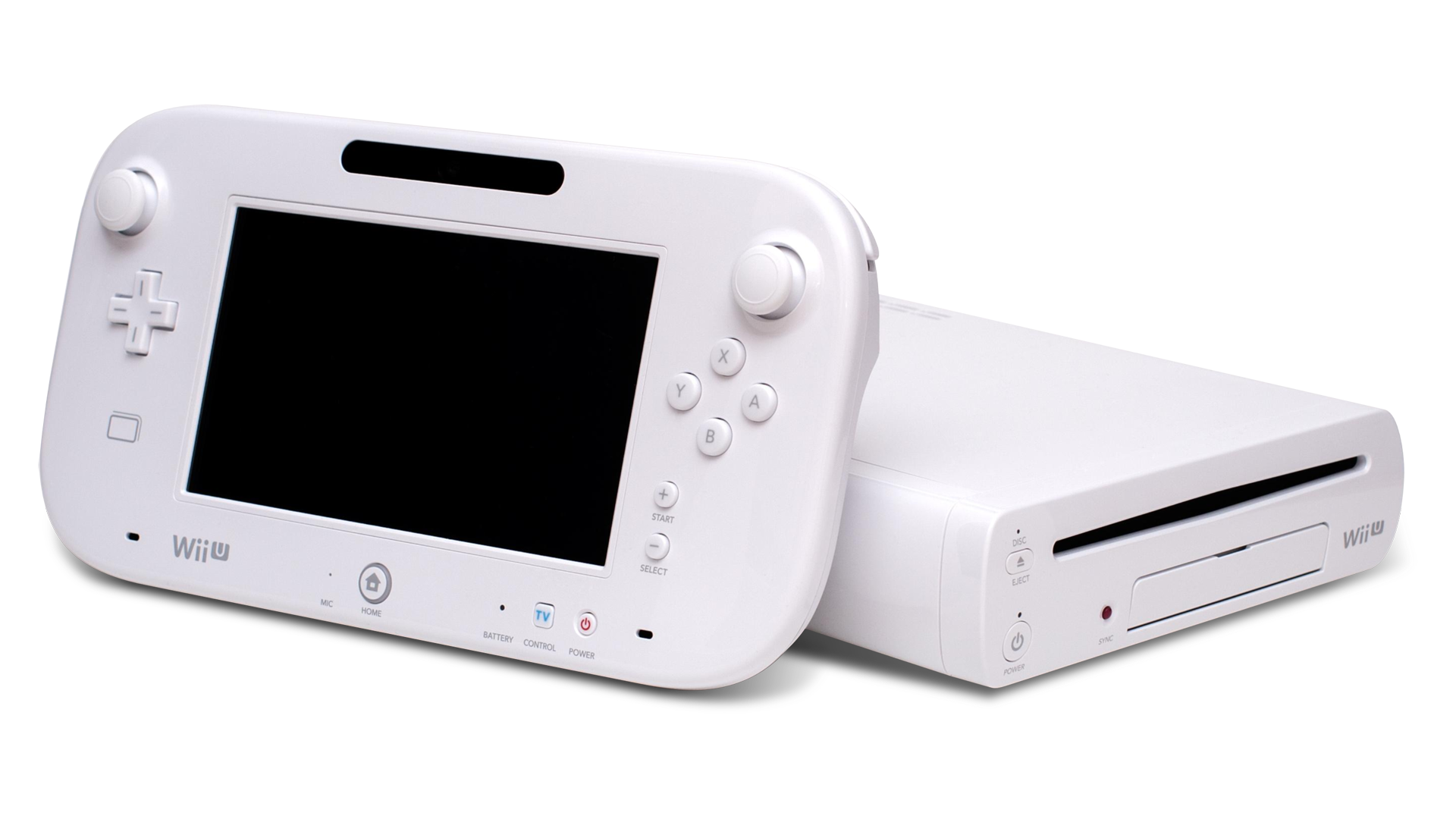
There's no escaping it: the Nintendo Wii U is a failure as a commercial enterprise. By the time Nintendo stopped production, it had sold just about 13.5 million Wii Us - just about one tenth the number of Wiis it sold - placing it just over the Sega Saturn and Dreamcast in terms of reach into the audience. It also wasn't necessarily a creative success as a piece of hardware. The two-screen setup that proved so elegant with Nintendo DS turns awkward and cumbersome when translated to televisions. The GamePad is good for playing console games on a tinier screen, not so much for new innovations in play. The less said about Wii U's operating system, user interface, digital storefront, and storage, the better. For all of its many missteps, though, there's no denying that the Wii U gives life to some of Nintendo's very best games. The velvety and playful Super Mario 3D World, the smooth and vibrant racing of Mario Kart 8, and the boundless generosity of Super Smash Bros. for Wii U are a grand realization of why people wanted Nintendo working in HD for years. If for no other reason, we're grateful Wii U exists for Bayonetta 2. Anthony John Agnello
10. Game Boy Color

Without factoring in its backwards compatibility, the Game Boy Color is more clearly seen for what it is: a half-step between the original Game Boy and the GBA. But even if you omit its ability to spruce up a wealth of classic GB games with new color palettes, the GBC has some strong exclusives that are emblematic of Nintendo's handheld strengths. The twin Legend of Zelda games, Oracle of Ages and Oracle of Seasons, beautifully expanded on the tight gameplay and expansive world of Link's Awakening (which greatly benefitted from a DX remaster of its own). The RPG sports questing of Mario Tennis and miniaturized stealth of Metal Gear: Ghost Babel perfectly distinguish themselves from their console counterparts while retaining the fun essence of the source material, platformers like Wario Land 3 and Shantae are still eminently playable to this day, and oddities like Pokemon Pinball, Kirby Tilt 'n' Tumble, Warlocked, and Bionic Commando: Elite Forces got their chance to colorfully shine in ways the plain ol' Game Boy wouldn't handle. The GBC didn't get much time in the sun, but it sure brought about some excellent games during its brief tenure. Lucas Sullivan
9. Wii
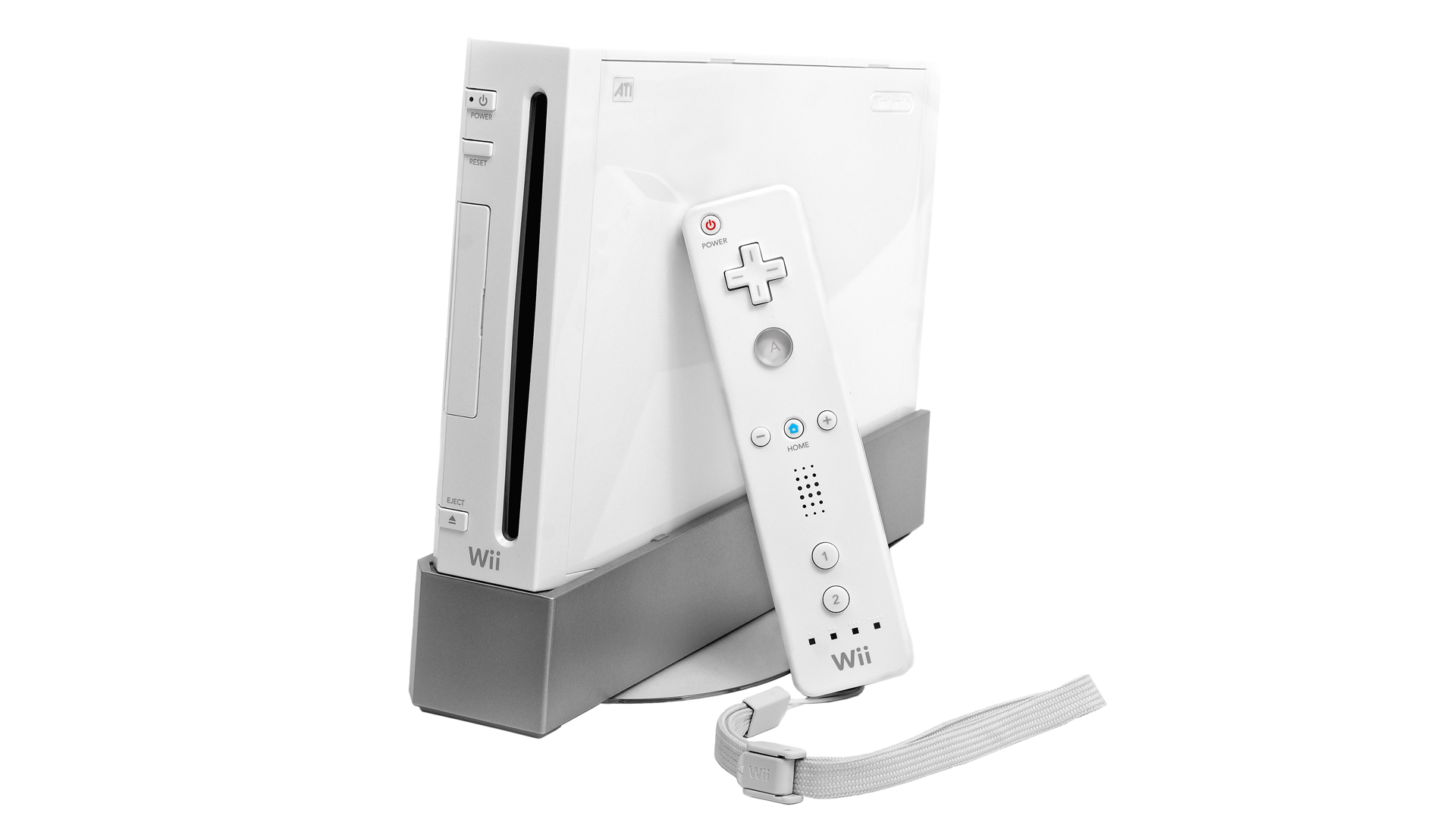
Where is your Wii collecting dust right now? At home? At your parents' place? In the storage room at your local game trade shop? The system that started out as a mainstream-friendly force of nature didn't take long to turn into a desert for quality games, but that doesn't give us reason to overlook all the good times we had with it. Wii Sports only had a handful of modes that were worth playing more than once, sure. But if you put me in a room with a bunch of strangers and told us to start Wii Bowling, I guarantee we would have just as much fun now as we would have had ten years ago. Cascades of licensed detritus and half-broken minigame collections gave Wii the worst shit-to-classic ratio of any Nintendo console, yet still the unexpected brilliance of games like Super Mario Galaxy, Xenoblade Chronicles, and Kirby's Epic Yarn shines bright beneath piles of garbage. And even though The Legend of Zelda: Skyward Sword was about ten hours too long, it was always a hoot to swing that sword around. Thanks, MotionPlus! Connor Sheridan
8. Game Boy

Nintendo sold close to 119 million Game Boys between 1989 and when it stopped manufacturing them in 2003. Just over 1000 games were made for it during that stretch. Most were garbage. Most of those games you could barely see on the device's algae green screen. None of that matters because the Game Boy - the first portable gaming device to achieve critical, commercial, and creative success - also hosted some of the best games ever made and you could play them anywhere. Chief among them was what many consider the definitive version of Tetris, the puzzle game that launched a million imitators. Tetris sat alongside essential adventures like The Legend of Zelda: Link's Awakening, experimental oddities like Wario Land 2 and enchanting new platformers like Kirby's Dreamland 2. In between all the big hits and licensed flotsam lie some lovably weird B games too. Where else do you get Gargoyle's Quest? Even if you forget all that work there's no escaping this fact: Game Boy gave birth to Pokemon. It could top lists for that alone. Anthony John Agnello
Weekly digests, tales from the communities you love, and more
7. Nintendo 64
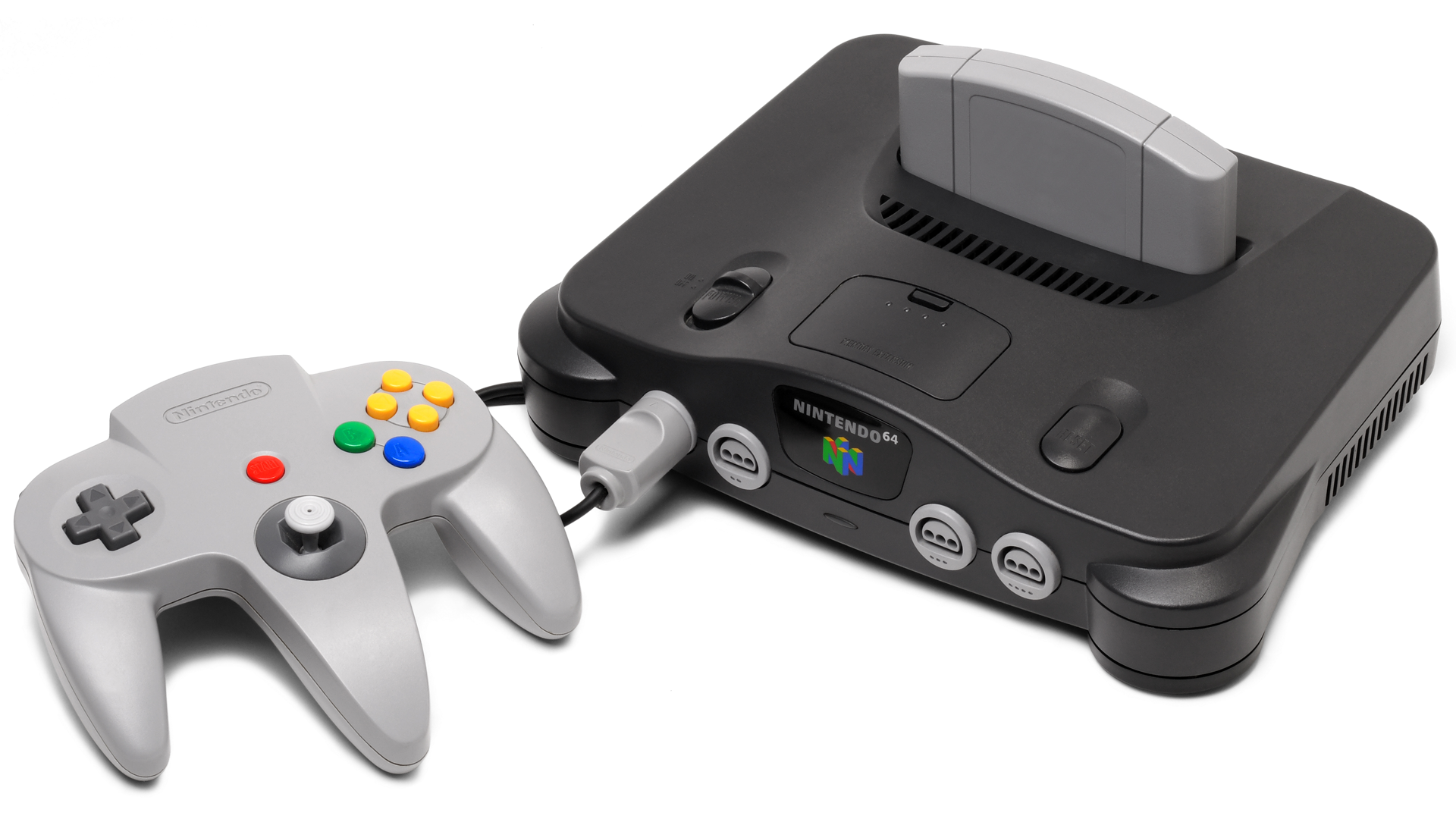
For many of us, when you say the word “Nintendo”, our minds can't help but automatically dart back to the days of GoldenEye, Mario Party, and the first Super Smash Bros. It is the quintessential Nintendo nostalgia machine, forever embedded in our memories thanks to its trident-like controllers and focus on multiplayer fun. It was the system that transported Nintendo staples like Mario, Zelda, Donkey Kong, and StarFox to the world of 3D graphics, giving us worlds to explore in a fresh new way. While some of the N64's games have aged better than others, it's remarkable how well some hold up even today. Super Mario 64 shall forever be one of the absolute best platformers of all time thanks to its fabulous level design, tight controls, and clever workarounds of the system's limitations. Nintendo and its franchises have evolved far beyond what the N64 is capable of, but so many of the experiences we know and love today trace their roots back to this machine. Sam Prell
6. Game Boy Advance

The short reason why the Game Boy Advance was so great? It was basically a Super Nintendo in the palm of your hand. While only spending three years on the market before being effectively replaced by the DS, the Game Boy Advance was a powerhouse of sprite-based, 2D gaming until its discontinuation in 2010. It birthed unique first-party titles like WarioWare, Advance Wars, and Drill Dozer; gave Fire Emblem its first appearance in the West; and allowed third-party titles like Castlevania: Aria of Sorrow, Mega Man Zero, and the Hideo Kojima-produced Boktai - with a cartridge that included a freaking sunlight sensor - to thrive. The original titles are some of Nintendo's best, but being a de facto portable SNES also allowed the GBA to be home to some of the finest updates and rereleases of old classics. There's no underselling the value of being able to take enhanced versions of The Legend of Zelda: Link to the Past, Final Fantasy 6, Super Mario World, or the completely overhauled Metroid Zero Mission with you on the go, especially in the early aughts. While the 3DS' Virtual Console has made some of the novelty of this moot, even it can't boast the breadth of classics that the GBA offered. David Roberts
5. Nintendo DS
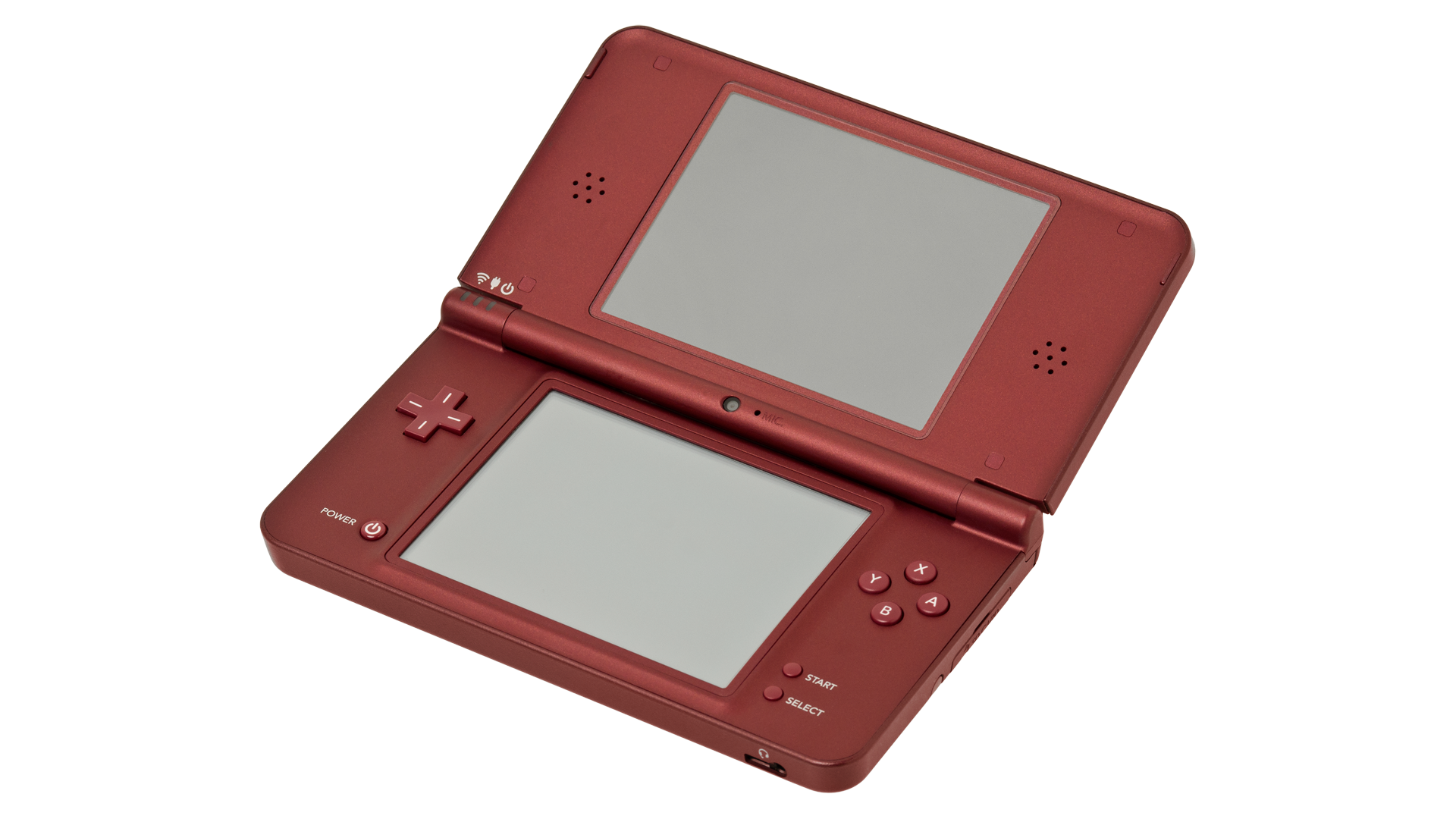
"If the DS succeeds, we will rise to heaven, but if it fails we will sink to hell." This was former Nintendo president Hiroshi Yamauchi's gamble. After tepid sales of the GameCube, Nintendo was in do-or-die mode, and bet all of its chips on a strange, two-screen, clamshell handheld as the successor to its popular but waning Game Boy line. The bet paid off, and the DS quickly became Nintendo's best selling console of all time, and second only to the PS2. That success (along with the touchscreen-focused design) led the DS to be home to some of the strangest, most off the wall games ever seen on an Nintendo platform - and they came in droves. You had your Super Marios and Zeldas, of course. But you also had eclectic titles like the surgery sim Trauma Center, interactive detective novel Hotel Dusk: Room 251, brain training games like Brain Age and Picross 3D, and so much more. Thanks to the intuitive and instantly understood interface of its touch screen and the wide variety of experiences available to players of all stripes, Nintendo sold 154 million units of the dang thing. While the 3DS may be technically better, there's no denying that Nintendo's been chasing the specter of the original DS' success for years. David Roberts
4. Nintendo Entertainment System
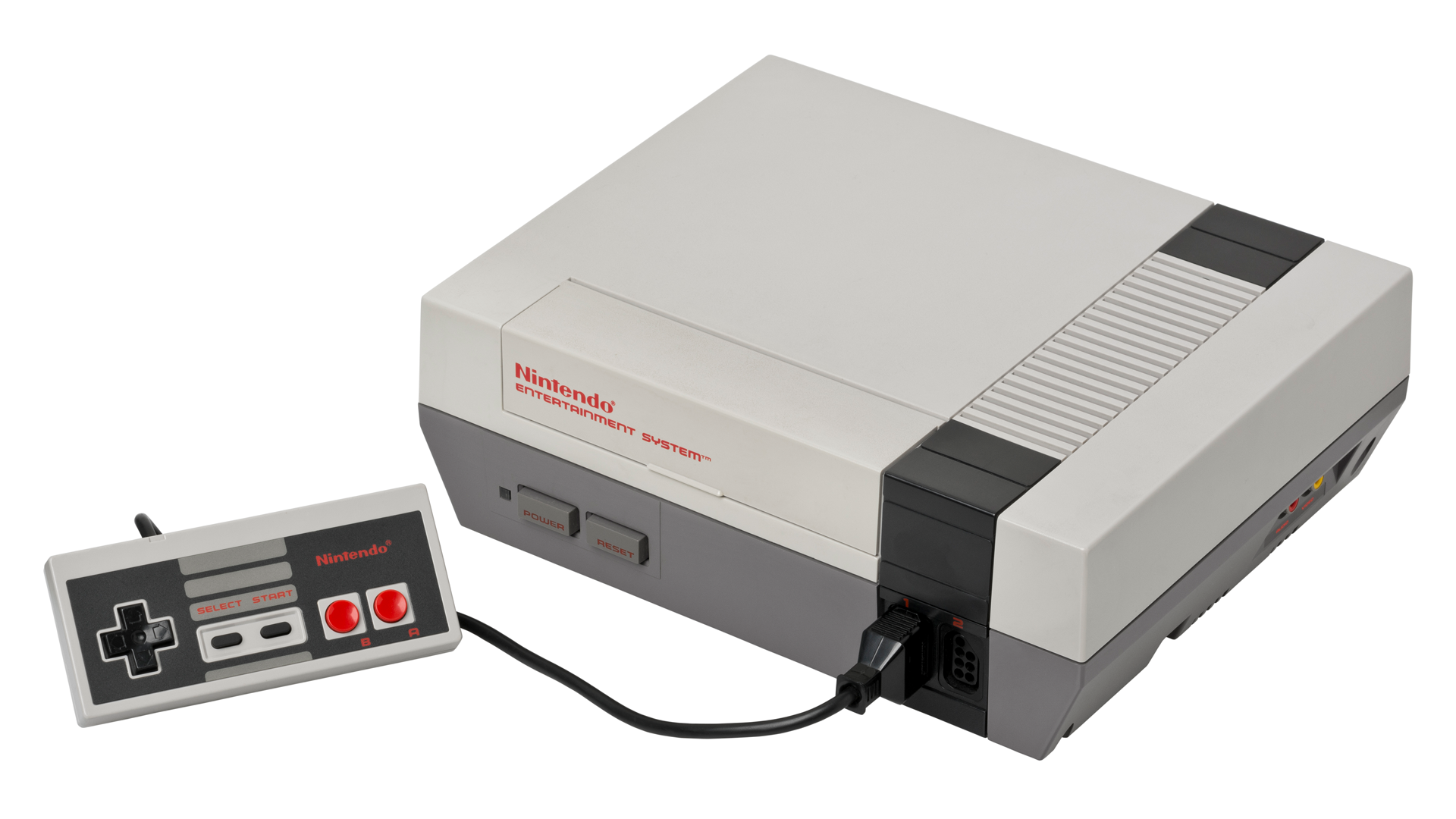
The Nintendo Entertainment System was already two years old when Super Mario Bros, its most famous game, came out. In its original form as the Japanese Famicom, it was already comparatively underpowered compared to other gaming computers back in 1983. But the malleability of its cartridge format, games that could house chips enhancing the basic capabilities of the machine, revealed both a remarkable longevity and a near-endless well of creative opportunity in the NES. While Super Mario Bros. started as what Nintendo thought would be the ultimate game for the machine, it was really just the beginning of the NES' ascension. Despite the limited tech, growing Japanese arcade game makers found new life on the platform, pairing the style of immediate, twitchy games with longer-form experiences. Capcom, Konami, Square, Sunsoft and many more found their voices with respective games like Mega Man, Castlevania, Final Fantasy, and Batman. It was also a perfect platform to encourage brilliant young programmers to think creatively around limitations, like Satoru Iwata's famous adaptation of Balloon Fight to less famous but no less excellent work at HAL like Kabuki Quantum Fighter. NES stayed in production until 2008 because it seemed like with just 48 colors and five sound channels, you could make anything on it. Anthony John Agnello
3. Nintendo 3DS
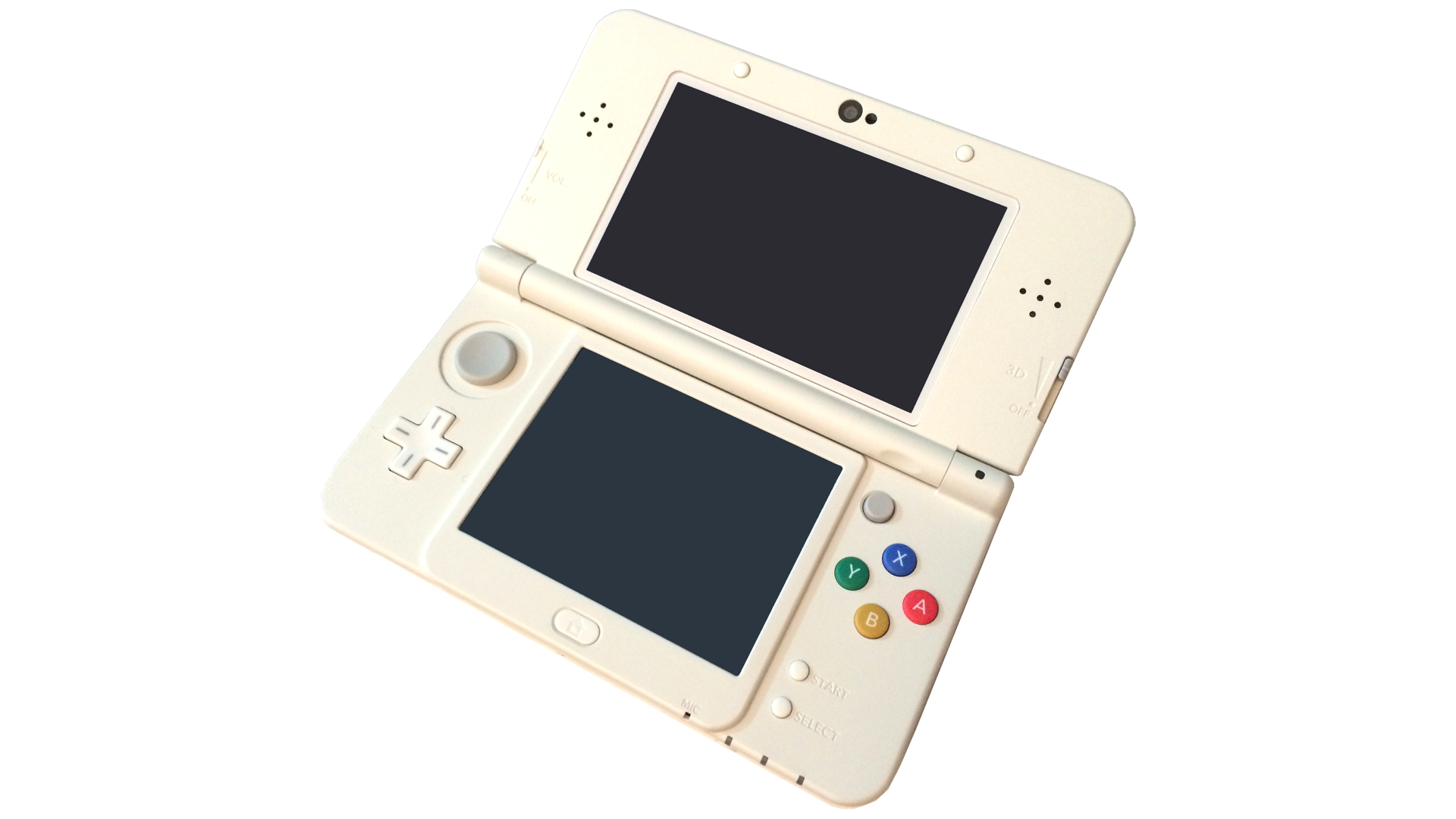
That first moment of stereoscopic 3D, when your brand new 3DS essentially tells you "hold my beer and watch this" as the logo drops back into the previously untouched depths of its screen, is unforgettable. But the ensuing fascination with glasses-free 3D vision doesn't last long past that screen for many 3DS owners, thanks to eye strain and, more importantly, a dearth of games that use it in an interesting way. With its eponymous feature mostly a flop, it's all the more impressive that 3DS has managed to do so well for itself. When it's not resurrecting cult favorite Nintendo series like it did with Fire Emblem: Awakening, Luigi's Mansion 2, and The Legend of Zelda: Majora's Mask 3D, it's providing fertile ground for new favorites like Boxboy and Fantasy Life. And don't forget that, before everyone fell in love with Super Mario 3D World on Wii U, the plumber was doing just fine with Super Mario 3D Land. Also it's the only way to play Rusty's Real Deal Baseball, an entire game about befriending a middle-aged dog so you can get better prices on other, smaller games. What's not to like? Connor Sheridan
2. Nintendo GameCube

The GameCube is a system defined by Nintendo's embrace of weird, new ideas. The diminutive console was home to a plethora of unique experiences, many of which (while no longer the visual stunners they once were) can still be picked up, instantly understood, and comfortably played today. The Legend of Zelda: Wind Waker, Metroid Prime, Pikmin, Donkey Konga, Super Mario Sunshine... and that's just first-party games. Ask yourself: which console got games like Odama, which combined pinball with medieval warfare; Baten Kaitos, which merged JRPG storytelling with card-based battle mechanics; Super Monkey Ball, which challenged you to carefully navigate a monkey - in a ball - through winding puzzles; or P.N.03, which had you play as a mercenary who destroyed killer robots through a combination of gunplay and rhythmic dancing? Viewtiful Joe, Resident Evil 4, Eternal Darkness, Metal Gear Solid: The Twin Snakes, the excellent port of Skies of Arcadia - GameCube's list of excellent titles goes on, and they all feel great on the oddly-shaped-but-supremely-comfortable controller. More than arguably any other console on this list, the GameCube is remembered for its unique library, stuffed full of gems that nobody else ever got (or at least didn't get until years later). Sam Prell
1. Super Nintendo Entertainment System

Iteration is Nintendo's chief product, the guiding ethos behind four decades of game design. Take a good idea, tweak it until it's brand new, and then do it again. Cynics cite the endless procession of Mario, Zelda, and Kirby games as evidence of Nintendo's creative bankruptcy; they say it's been making the same games over and over since the early '80s. Look back on Super Nintendo, its greatest home console of all time, and you'll find the greatest argument in favor of Nintendo's process of playing the same tunes over and over until they transform into something new. On the face, the Super Nintendo really is just an extension of the Famicom and NES: a capable computer built to pump out attractive sights and sounds but not necessarily the bleeding edge of technology. In practice, the leap was remarkable. The impressionistic worlds of the 8-bit NES became vivid, impossible cartoon landscapes on the 16-bit SNES, though. Mario went from a guy who needed a mustache just to help define his face to an expressive RPG adventurer in Super Mario RPG. Hyrule went from a barren landscape of tan backgrounds to a lush countryside in Link to the Past. Nintendo took simple dreams from the NES like Mother and blew them out into masterpieces like Earthbound on the more powerful hardware. That's not counting the masterpieces from Square, Capcom, and many others on the machine. It's a timeless platform that demonstrates the power of refinement and expansion. Anthony John Agnello
GamesRadar+ was first founded in 1999, and since then has been dedicated to delivering video game-related news, reviews, previews, features, and more. Since late 2014, the website has been the online home of Total Film, SFX, Edge, and PLAY magazines, with comics site Newsarama joining the fold in 2020. Our aim as the global GamesRadar Staff team is to take you closer to the games, movies, TV shows, and comics that you love. We want to upgrade your downtime, and help you make the most of your time, money, and skills. We always aim to entertain, inform, and inspire through our mix of content - which includes news, reviews, features, tips, buying guides, and videos.


